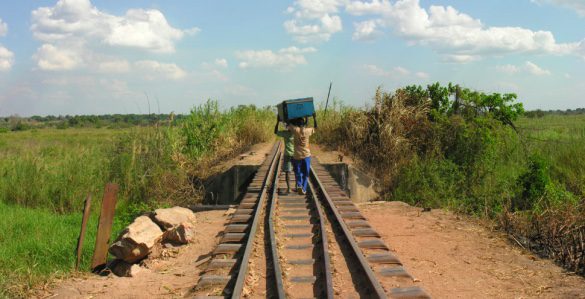
Economic strife and conflict are fueling modern slavery in the DRC
The Global Slavery Index estimates that there are about 407,000 people enduring modern slavery in the Democratic Republic of Congo. In addition, 94% of the population, including women, children, and refugees are facing significant vulnerability, according to Fair Planet. With those figures, it’s no wonder the DRC has earned the title of the title of “human trafficking capital of Africa” from media and researchers.
The history of human trafficking in Congo
In the late 1990s and early 2000s, largely owing to the Congo wars, human trafficking thrived in the DRC. Armed groups like the Lord’s Resistance Army (LRA) alone abducted over 67,000 youths across the region, including 30,000 children and exploited them as child soldiers, sex slaves, and laborers.
Though the wars eventually eased, the traffickers did not. The persistent economic hardships in the DRC continued to render the population vulnerable to exploitation. Traffickers shifted their focus to illegal mining operations, forcing children and adults and into hazardous labor. Minerals like coltan and gold extracted from these mines drove global industries in Asia and Europe, and continue to do so.
Jean-Paul Kanu, an advocate for victims of human trafficking in Eastern Africa, told FairPlanet:
“Many families, driven by poverty, are coerced into trafficking schemes, making it imperative for both local and international efforts to address the root causes of exploitation and offer tangible support to affected individuals and communities.”
Recently, human trafficking in the DRC has grown more complex, with an increase in sexual exploitation. Traffickers now exploit victims through modern day schemes, such as fraudulent recruitment or fake educational opportunities on social media. Victims, mainly women and girls, are transported within the DRC or across borders and subjected to forced labor and sexual exploitation.
